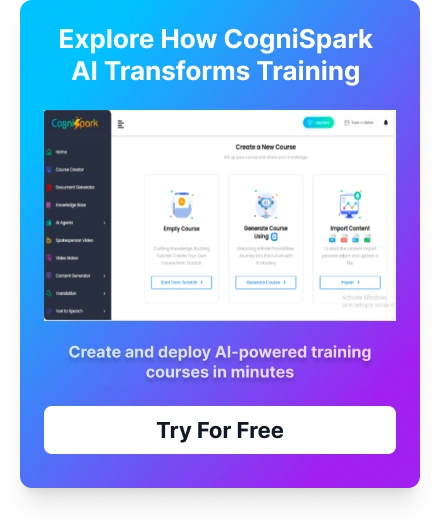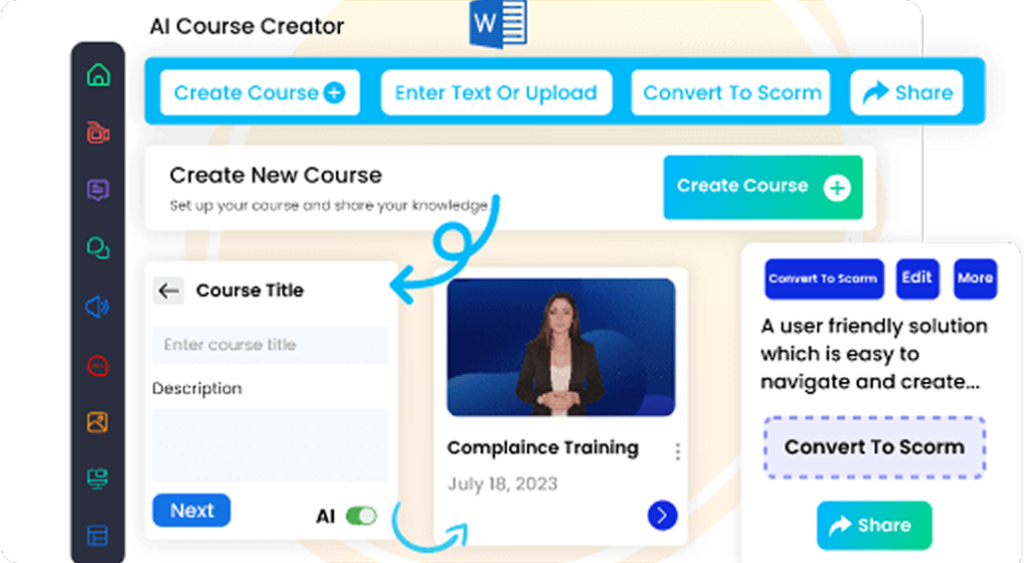Introduction
Education and research thrive on creativity and knowledge dissemination. Generative AI’s ability to produce novel content makes it an attractive tool for these domains. Yet its disruptive potential means stakeholders must understand both its power and its pitfalls.
Benefits of Generative AI in Education
Personalized Learning
Generative AI can tailor educational content to individual learners. Adaptive tutors powered by language models adjust difficulty levels, provide instant feedback, and create customized practice problems. These systems engage students through conversational interfaces, making learning more interactive.
Content Creation and Course Design
Educators can use generative tools to draft syllabi, lecture notes, quizzes, and case studies. AI assists with summarizing articles, generating discussion prompts, and converting complex topics into approachable explanations. The Center for Teaching & Learning at the University of Texas at Austin emphasizes that understanding GenAI’s potential benefits, complexity, and dilemmas is essential for developing new teaching approaches. It prompts educators to ask how generative AI impacts their courses, what policies and resources exist, and what examples of assignments and prompt design can help integrate GenAI responsibly.
Accessibility and Inclusivity
Language models can generate transcripts, simplify text for different reading levels, and provide multilingual support. AI-generated captions and translations enhance accessibility for students with disabilities or language barriers. Synthetic datasets can be used to create inclusive educational materials that reflect diverse perspectives.
Research Assistance
Generative AI accelerates research by summarizing literature, proposing hypotheses, and drafting grant proposals. Models trained on scientific corpora can suggest experiments or analyze patterns. MIT researchers use generative models to design novel protein and crystal structures, illustrating how GenAI opens new avenues for discovery.
Generative AI Training
Unlock the power of AI-driven creativity. Learn how to leverage Generative AI for content creation, problem-solving, automation, and innovation across industries.
Challenges and Considerations
Academic Integrity
When students use generative models to write essays or solve assignments, determining originality becomes difficult. AI-generated text may not be easily detectable, raising concerns about plagiarism and the erosion of critical thinking skills. Institutions must craft clear policies on acceptable use and educate students about responsible AI use.
Quality and Accuracy
Generative models can produce incorrect or misleading information. Without proper fact-checking, AI-generated educational content may spread inaccuracies. Educators should treat AI outputs as drafts that require human verification rather than final products.
Bias and Fairness
If the training data underlying generative models contains cultural or gender biases, the generated content may reinforce stereotypes. Educators need to scrutinize materials for bias and supplement AI-generated resources with diverse perspectives.
Dependence and Skill Erosion
Over-reliance on generative AI can hinder the development of fundamental skills. Students might skip critical steps in problem-solving if AI provides immediate answers. Balancing automation with active learning is essential.
Privacy and Data Protection
Deploying generative AI often involves sending student queries to third-party servers, raising privacy concerns. Institutions should choose tools that comply with data-protection regulations and ensure that sensitive information is not inadvertently shared.
Best Practices for Integrating GenAI in Education
- Define Clear Policies – Institutions should develop guidelines that explain when and how students may use generative AI. Policies should address attribution, acceptable assistance, and privacy.
- Educate Faculty and Students – Offer workshops and resources to help instructors understand GenAI technologies. The UT Austin toolkit includes guiding questions that encourage educators to explore policies, tools, and assignment design.
- Emphasize Human Oversight – Encourage students to use AI as a brainstorming partner rather than a replacement. Require citations and fact-checking of AI outputs.
- Promote Ethical Use – Discuss the ethical implications of AI in class, including bias, misrepresentation, and potential harm. Foster critical thinking about technology.
- Leverage AI for Inclusivity – Use generative tools to provide accessible materials and support diverse learning styles while ensuring content fairness.
Generative AI in Research
Literature Review and Summarization
Researchers can use language models to scan thousands of papers and produce concise summaries. Tools like Elicit and SciSummary help scholars keep up with rapidly growing literature.
Hypothesis Generation and Simulation
Generative AI can suggest new research questions based on patterns in existing data. Models trained on scientific datasets can propose plausible hypotheses or simulate experiments. For example, generative models create synthetic image datasets that train computer vision systems, and they design proteins and materials.
Writing Assistance
Drafting research articles, grant applications, and conference abstracts can be time-consuming. AI writing assistants help researchers structure content and improve clarity. However, scholars must verify AI-generated text to ensure accuracy and originality.
Collaboration and Discovery
Generative models can serve as brainstorming partners, suggesting connections between disparate fields. They can help identify interdisciplinary research opportunities and design experiments that might be overlooked by humans.
Future Outlook
Generative AI will continue to permeate education and research. As models become more sophisticated and multimodal, they will support richer learning experiences and open new avenues of discovery. Emerging tools may integrate directly into learning management systems and lab equipment. Regulators, educators, and researchers must collaborate to set standards for ethical use, privacy protection, and intellectual property.
Conclusion
Generative AI offers unprecedented opportunities to personalize education, enhance research, and create engaging learning experiences. Nevertheless, its deployment must be accompanied by policies, training, and ethical considerations. By approaching GenAI thoughtfully, educators and researchers can harness its potential while safeguarding academic integrity and fairness. For a comprehensive overview of generative AI, including definitions, models, and societal impact, read the Introduction to Generative AI pillar page.
























